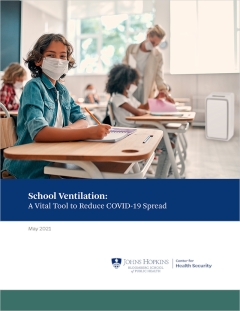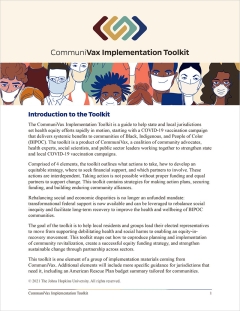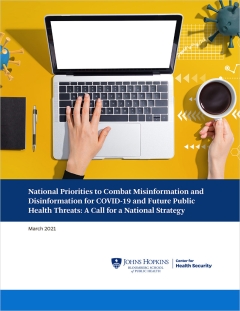Mass vaccination is a crucial public health intervention during outbreaks or pandemics for which vaccines are available. The US government has sponsored the development of medical countermeasures, including vaccines, for public health emergencies; however, federally supported programs, including the Public Health and Emergency Preparedness program and Cities Readiness Initiative, have historically emphasized antibiotic pill dispensing over mass vaccination. While mass vaccination and pill dispensing programs share similarities, they also have fundamental differences that require dedicated preparedness efforts to address. To date, only a limited number of public assessments of local mass vaccination operational capabilities have been conducted. To fill this gap, we interviewed 37 public health and preparedness officials representing 33 jurisdictions across the United States. We aimed to characterize their existing mass vaccination operational capacities and identify challenges and lessons learned in order to support the efforts of other jurisdictions to improve mass vaccination preparedness. We found that most jurisdictions were not capable of or had not planned for rapidly vaccinating their populations within a short period of time (eg, 1 to 2 weeks). Many also noted that their focus on pill dispensing was driven largely by federal funding requirements and that preparedness efforts for mass vaccination were often self-motivated. Barriers to implementing rapid mass vaccination operations included insufficient personnel qualified to administer vaccinations, increased patient load compared to pill-dispensing modalities, logistical challenges to maintaining cold chain, and operational challenges addressing high-risk populations, including children, pregnant women, and non-English-speaking populations. Considering the expected availability of a severe acute respiratory syndrome coronavirus 2 vaccine for distribution and dispensing to the public, our findings highlight critical considerations for planning possible future mass vaccination events, including during the novel coronavirus disease 2019 pandemic.




